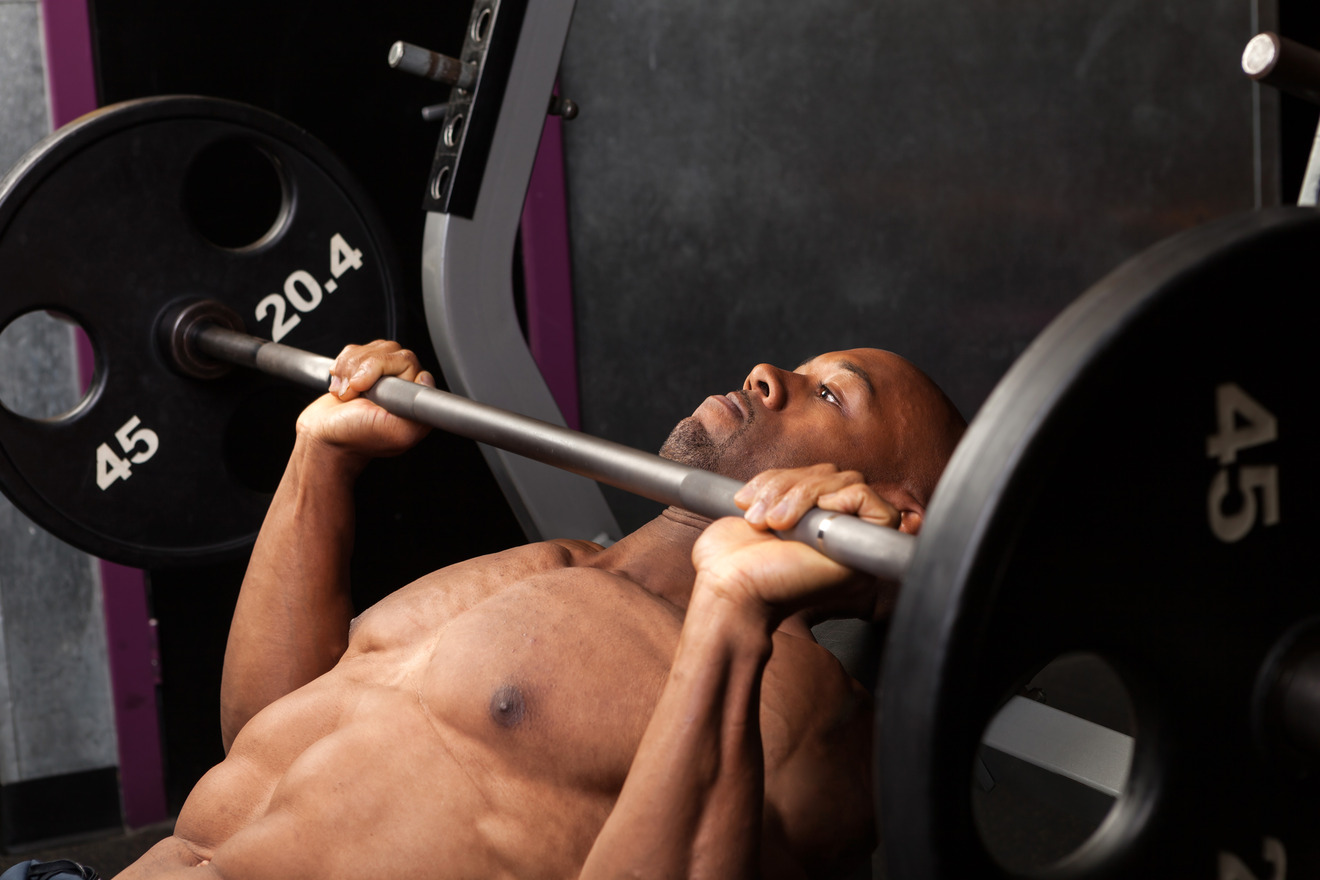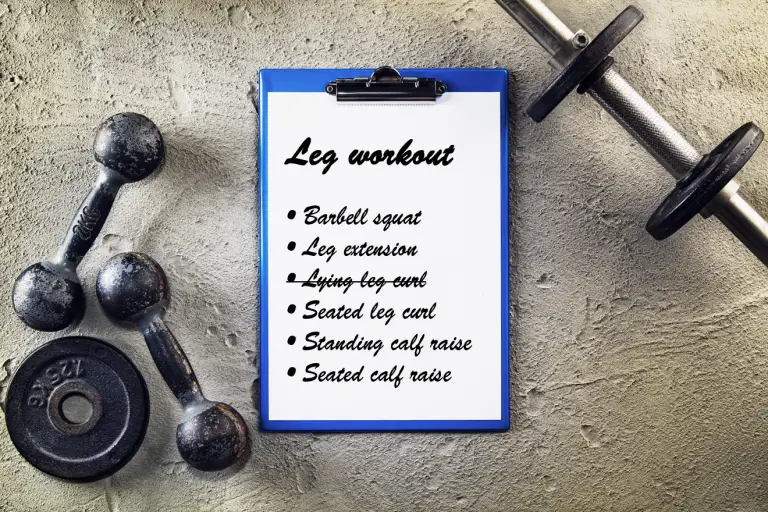The benefits of breathwork in strength training
Key takeaways
- Breathwork plays a vital role in strength training, improving endurance, focus, and muscle control by optimizing oxygen flow and intra-abdominal pressure.
- Proper breathing enhances performance by preventing fatigue, reducing injury risk, and allowing for greater weightlifting efficiency. Shallow or erratic breathing can negatively impact workouts.
- Three key breathing techniques can elevate strength training:
- Diaphragmatic breathing: Deep belly breathing improves oxygen intake and aids recovery.
- Valsalva maneuver: Holding a deep breath during heavy lifts stabilizes the spine but should be used with caution.
- Rhythmic breathing: Coordinating breath with movement helps sustain energy in endurance exercises.
- Common mistakes to avoid include breath-holding for too long, shallow chest breathing, and inconsistent breathing patterns that hinder performance.
- Incorporating breathwork into training leads to more efficient, safer, and productive workouts, enhancing both physical and mental aspects of exercise.
Enhancing focus and endurance with the breath
Breathwork, the intentional practice of controlling your breathing, plays a crucial role in strength training. Though often overlooked, proper breathing techniques can improve endurance, enhance focus, and provide greater control over muscle engagement. Incorporating breathwork into your strength training routine can transform how you lift, push, and pull, making your workouts more efficient and safe.
Why breathwork matters in strength training
Breathing is an automatic process, but the way you breathe during exercise has a significant impact on performance. In strength training, proper breath control helps regulate intra-abdominal pressure, stabilize the spine, and enhance oxygen delivery to working muscles. When executed effectively, breathwork can prevent fatigue, reduce the risk of injury, and increase the amount of weight lifted.
Many athletes and fitness enthusiasts underestimate how critical breathing is during lifts. Breath holding or shallow breathing can reduce oxygen supply, causing early fatigue and even dizziness. On the other hand, mindful breathwork optimizes oxygen flow, boosts mental clarity, and maintains muscular control throughout each movement.
The science behind breathwork and strength
Breathwork supports strength training through two key mechanisms: oxygen delivery and core stabilization.
Muscles require oxygen to produce energy during exercise. Proper breathing ensures a continuous flow of oxygen to the muscles, allowing them to work efficiently. Controlled breathwork improves the body’s ability to clear carbon dioxide, which helps maintain endurance during high-intensity sets. During heavy lifts, especially compound movements like squats or deadlifts, controlled breathing maintains consistent oxygen supply, enhancing overall performance.
Breath control also plays a critical role in stabilizing the core. The “Valsalva maneuver,” commonly used in heavy lifting, involves taking a deep breath and holding it during the exertion phase of a lift. This technique increases intra-abdominal pressure, providing a bracing effect for the spine and reducing the risk of injury. While the Valsalva maneuver is effective, it must be used cautiously, as prolonged breath holding can elevate blood pressure. For lighter loads or endurance-based strength training, rhythmic breathing patterns are more suitable.
Techniques to enhance breathwork in strength training
Incorporating specific breathwork strategies into your workouts can elevate your training sessions. Below are three key techniques to optimize your breathing. If you’re looking to deepen your understanding and apply advanced breathing techniques, a structured breathwork course can provide the guidance needed to optimize both performance and recovery.
1. Diaphragmatic breathing
Diaphragmatic breathing, or belly breathing, involves engaging the diaphragm rather than the chest to draw in air. This deep breathing method maximizes lung capacity and ensures more oxygen reaches the muscles.
To practice:
- Inhale deeply through the nose, allowing the belly to rise.
- Exhale slowly through the mouth, letting the belly fall.
- Use this technique during rest periods to recover faster between sets.
2. The Valsalva maneuver
The Valsalva maneuver is ideal for heavy lifts where spinal stability is crucial. Before initiating a lift, inhale deeply, bracing your core. Then, hold the breath as you exert force during the lift. Exhale only once you’ve passed the hardest part of the lift or completed the movement. This technique is particularly beneficial during squats, deadlifts, and overhead presses like the dumbbell overhead carry.
3. Rhythmic breathing
For exercises requiring sustained effort, such as high-rep sets or bodyweight exercises, rhythmic breathing ensures continuous oxygen supply. To do this, inhale during the eccentric (lowering) phase of the movement. Then exhale during the concentric (lifting) phase of the movement. This controlled pattern maintains energy levels and prevents premature fatigue.
Mental focus and breathwork
Breathwork is not just a physical tool; it also sharpens mental focus. Intentional breathing can act as a form of mindfulness, anchoring your attention to the present moment. This mental clarity improves the mind-muscle connection, allowing you to focus on form and execution.
During challenging lifts, controlled breathing can reduce anxiety and help you maintain composure. Visualization combined with breathwork can further enhance performance, as imagining success while breathing deeply primes the body for peak output.
Breathwork and recovery
Breathwork doesn’t stop when the workout ends. Post-workout breathing exercises can accelerate recovery by shifting the nervous system from a sympathetic (fight or flight) state to a parasympathetic (rest and digest) state.
Deep, slow breathing after a workout lowers heart rate and blood pressure, promoting faster recovery and reducing muscle soreness. Incorporating a few minutes of breath-focused meditation or stretching post-workout can amplify these benefits.
Common mistakes to avoid
While breathwork is simple, there are common mistakes to avoid. First, do not hold your breath too long. Prolonged breath-holding can lead to dizziness and reduced oxygen flow. Next, avoid shallow chest breathing. This limits oxygen intake and can result in quicker fatigue. Lastly, avoid inconsisent breathing patterns. Erratic breathing disrupts rhythm and performance.
Your breathwork matters
Mastering breathwork is a game-changer in strength training. Whether you’re lifting heavy, performing high-rep sets, or focusing on recovery, intentional breathing enhances performance, focus, and endurance. By incorporating diaphragmatic breathing, the Valsalva maneuver, and rhythmic breathing patterns, you can take your strength training to the next level. Embrace the power of breathwork to unlock your full potential and achieve more efficient, safer workouts.
Written with the assistance of AI. Reviewed and edited by Marielle Livelo.







